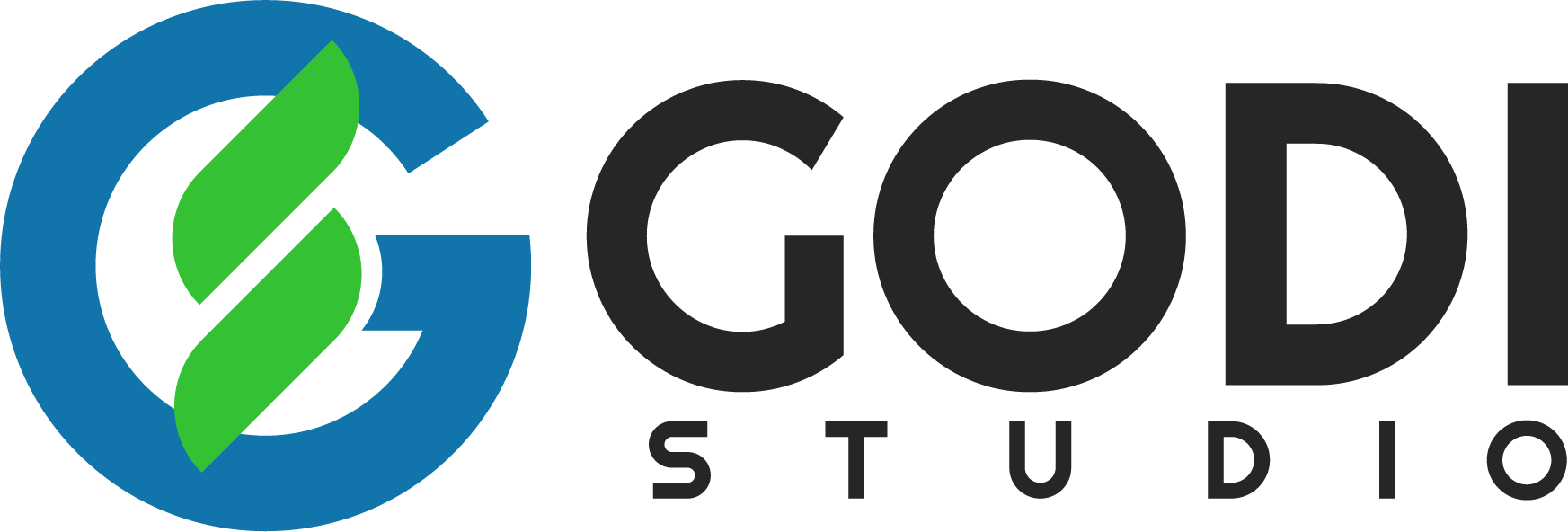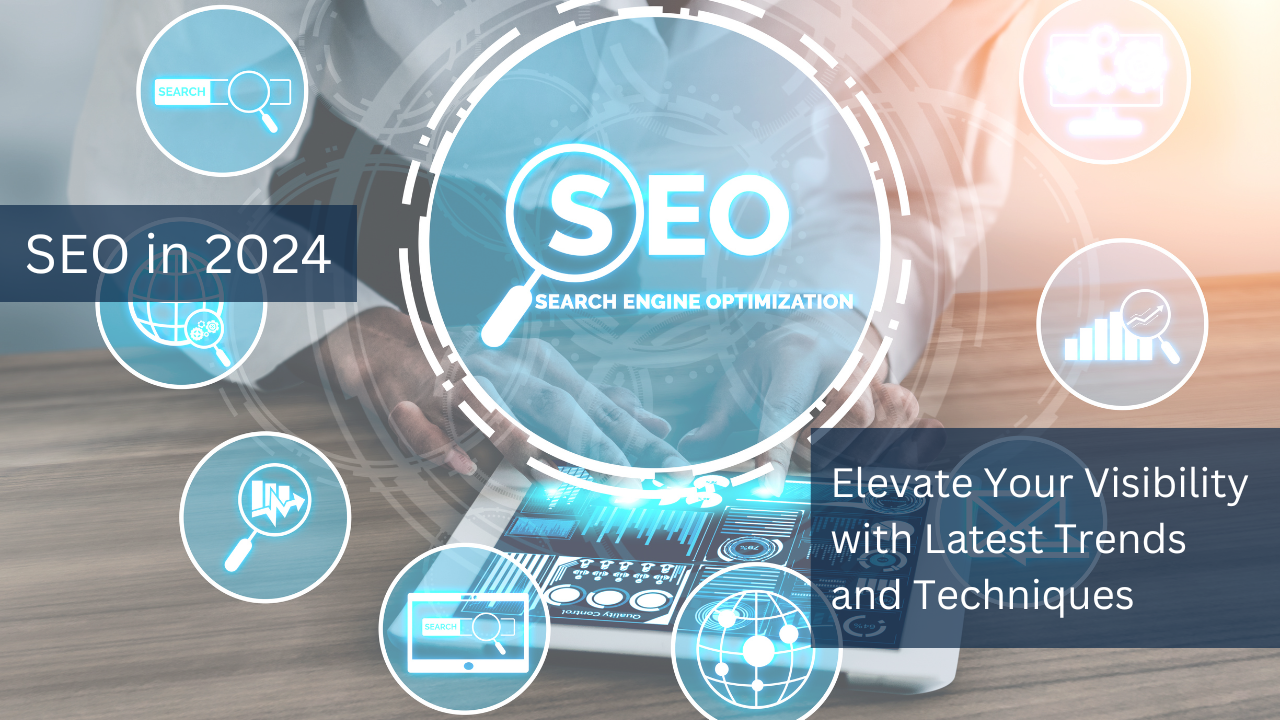Search Engine Marketing (SEM) remains a critical part of digital marketing, helping businesses increase visibility and drive targeted traffic. As we move into October 2024, it’s essential to adapt your SEM strategies to the latest trends and best practices to stay competitive. In this article, we’ll cover key SEM tactics and insights to improve your digital presence.
Understanding SEM Fundamentals
Definition of SEM
Search Engine Marketing (SEM) refers to the practice of promoting websites by increasing their visibility on search engine results pages (SERPs) through paid advertising. Click here This encompasses various strategies such as pay-per-click (PPC) ads, display ads, and remarketing campaigns to drive targeted traffic and increase conversions.
Differences Between SEM and SEO
While SEM focuses on paid strategies, Search Engine Optimization (SEO) aims to improve organic rankings through content optimization and link-building. Understanding the difference between these two approaches is crucial for businesses aiming to use both to complement each other for optimal results.
Latest Trends in SEM Strategies
Rise of AI in SEM Campaigns
Artificial Intelligence (AI) is revolutionizing SEM campaigns. From predictive analytics that help forecast consumer behavior to automated bidding strategies that optimize ad spend, AI tools enable businesses to create more efficient and effective campaigns. AI’s role in SEM is only growing, and adopting it can offer a competitive edge.
Increased Focus on Local SEO
As more businesses target local customers, optimizing for local search results is essential. Local SEO strategies, such as enhancing Google My Business listings, ensuring NAP (Name, Address, Phone number) consistency, and targeting local keywords, help improve visibility within a specific geographic area, driving more foot traffic and leads.
Effective Keyword Research Techniques
Importance of Long-Tail Keywords
Long-tail keywords are longer, more specific search phrases that often have lower competition and higher conversion rates. Click here These keywords help you target users who are further along in their buying journey. By focusing on long-tail keywords, businesses can drive more qualified traffic and increase their chances of conversions.
Tools for Keyword Analysis
Keyword analysis tools like Google Keyword Planner, SEMrush, and Ahrefs provide valuable insights into search volume, keyword difficulty, and trends. Using these tools helps businesses identify high-performing keywords, assess competition, and tailor their SEM campaigns to target the right audience effectively.
Optimizing Paid Advertising
Best Practices for Google Ads
Google Ads remain one of the most effective SEM platforms. To achieve optimal results, it’s important to focus on ad relevance, quality score, and well-targeted keywords. Click here Regularly reviewing your campaigns and adjusting keywords, bids, and ad copy will help you achieve higher click-through rates and return on ad spend (ROAS).
Utilizing Social Media Advertising
Social media platforms like Facebook, Instagram, and LinkedIn provide robust advertising options that complement Google Ads. By tailoring your ads for specific demographics and using targeted content, businesses can significantly boost engagement, reach, and conversions. Social media advertising is a powerful tool in any SEM strategy.
Enhancing User Experience (UX)
Role of Landing Page Optimization
A well-optimized landing page can significantly impact your SEM campaign's success. Key elements include clear calls-to-action (CTAs), concise and persuasive content, compelling visuals, and seamless navigation. Optimizing these elements ensures visitors have a smooth and rewarding experience, increasing the likelihood of conversions.
Importance of Mobile Responsiveness
With mobile traffic increasing, ensuring that your website is mobile-friendly is crucial for maintaining a positive user experience. A responsive design improves user interaction, reduces bounce rates, and ensures that your site performs well across devices. Click here Mobile optimization also plays a significant role in boosting search rankings.


